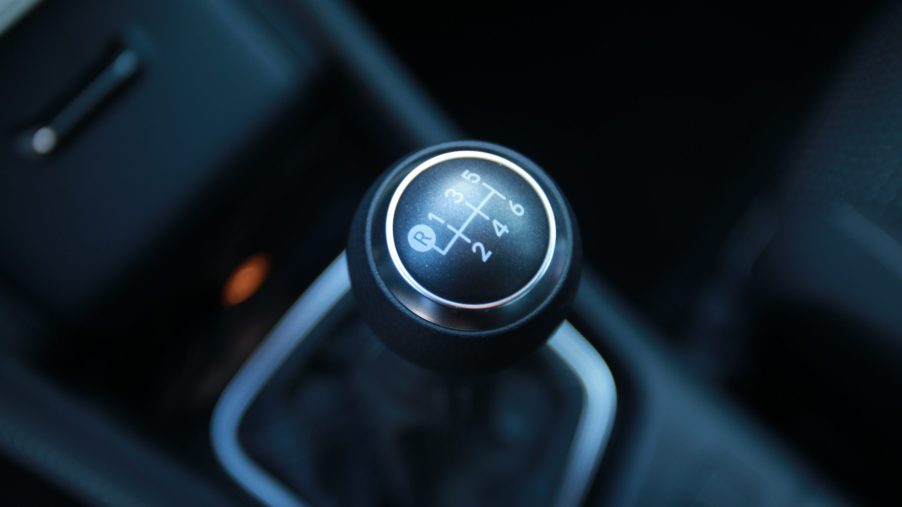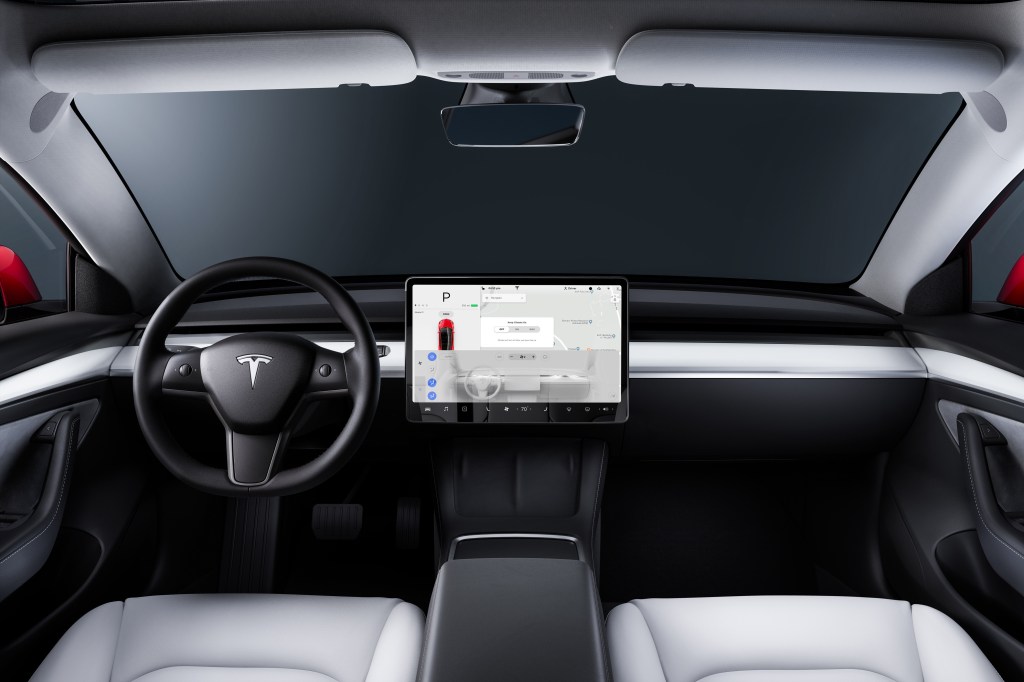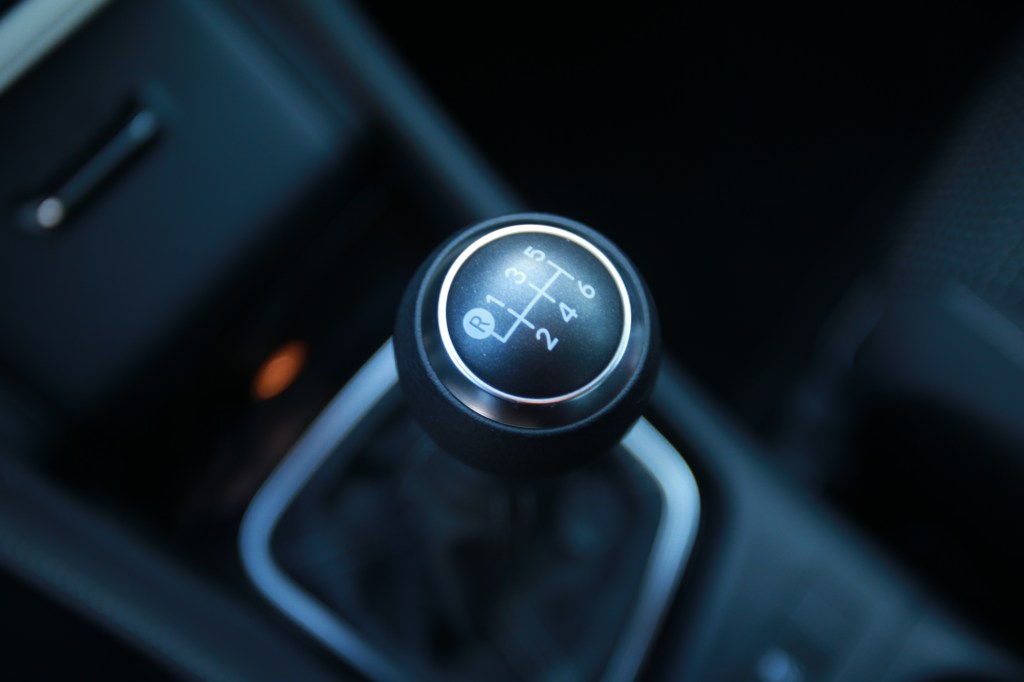
These Once Mainstream Car Features Are Slowly Dying Off
The automotive landscape is going through some major changes, with even the most basic new cars are being packed with features that were unheard of 30 years ago. But with all these changes, there are some old technologies being left behind. Pieces of equipment we once took for granted are fading into oblivion, and will eventually be forgotten. These are the most prevalent car features that are going extinct.

Handbrakes in new cars are being replaced with buttons
The traditional handbrake you yank into place is only featured on 17% of new cars. This is rapidly falling from 30% in 2019 and 24% in 2020. Falling by about 6% or 7% per year, manual handbrakes will be gone in about four years (assuming the trends continue).
Though cars aren’t losing handbrakes, they’re just going from manual to electronic. And while it’s not as easy to drift a car with an electric handbrake, there are some added bonuses. For starters, many electronic handbrakes will automatically disengage when you step on the gas pedal. If I had a nickel for every time I left my traditional handbrake engaged and drove off, I’d have enough nickels to buy a new handbrake.
On top of that, electronic handbrakes are just easier to use than manual handbrakes. You don’t have to put as much force into pushing the button as you do pulling the lever. And while it’s good practice to engage the handbrake whenever you park, many automatic transmissions don’t need the handbrake on all the time.
Analog infotainment systems are being replaced by digital screens

Consumer Reports discovered that a whopping 98.8% of new cars had a digital screen. On top of that, 79% of new cars will be compatible with Apple CarPlay, and 69% compatible with Android Auto. Now, you may think I’m “old-fashioned” when I complain that analog screens are going away. But there are some legitimate reasons the death of analog buttons in new cars is unsettling.
For starters, when you’re going to adjust the radio, it’s nice to have a knob on the dashboard. You don’t even have to look away from the road to operate it. But with a touchscreen, there’s no user feedback (i.e. feeling of touch), meaning you have to look at the screen in order to know where everything is. In some cars, operating the air conditioning will feel the exact same as changing the radio station.
While there’s no stopping the shift to touchscreens, it’s important to recognize how taking one’s attention off the road isn’t exactly ideal. However, even though analog displays will only make up 1.8% of new cars on the road, there’s still one other feature that’ll be even less prominent
Only 1.5% of new cars in America have a manual transmission

It was inevitable that this would come up, but let’s start with the facts. On a global scale, manual transmission cars are doing alright. In Europe, 80% of cars sputtering on the roads are manual transmissions, but in America, less than 3% have a stick. And in 2020, only 1.5% of new cars had a manual transmission according to the EPA.
It’s obvious why this technology is dying off: the American consumer doesn’t want to work to drive their car. On top of that, electric cars will force many into going automatic if they haven’t already, as it’s hard to build an electric car with a manual.
Sure, technology grows outdated all the time. It’s why Apple makes a lot of money with every new phone. But in order to see where the automotive world is going, it’s important to look back at where we’ve been. And while the technologies of the future will be better than ever, let’s not forget where we started off.


